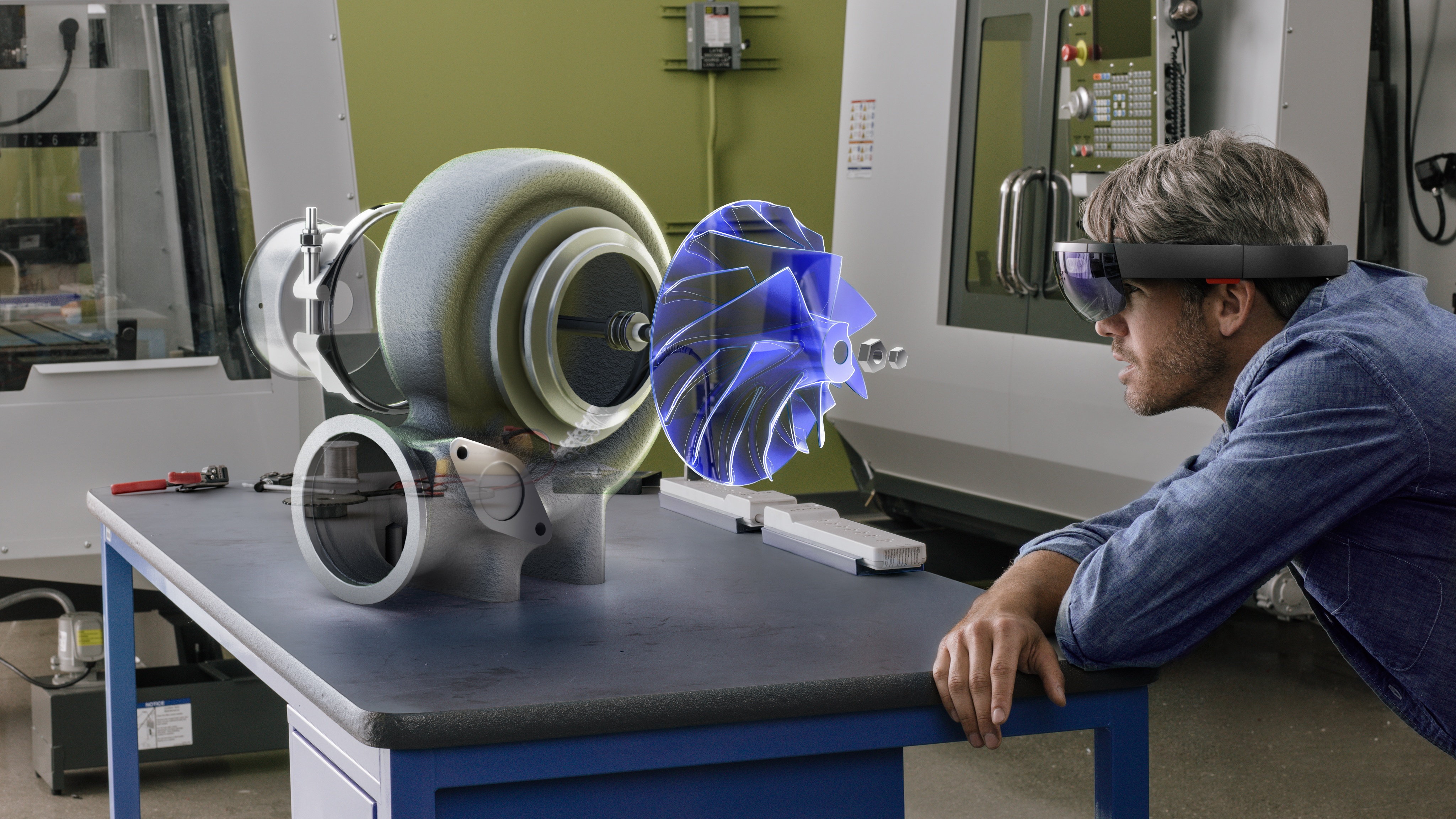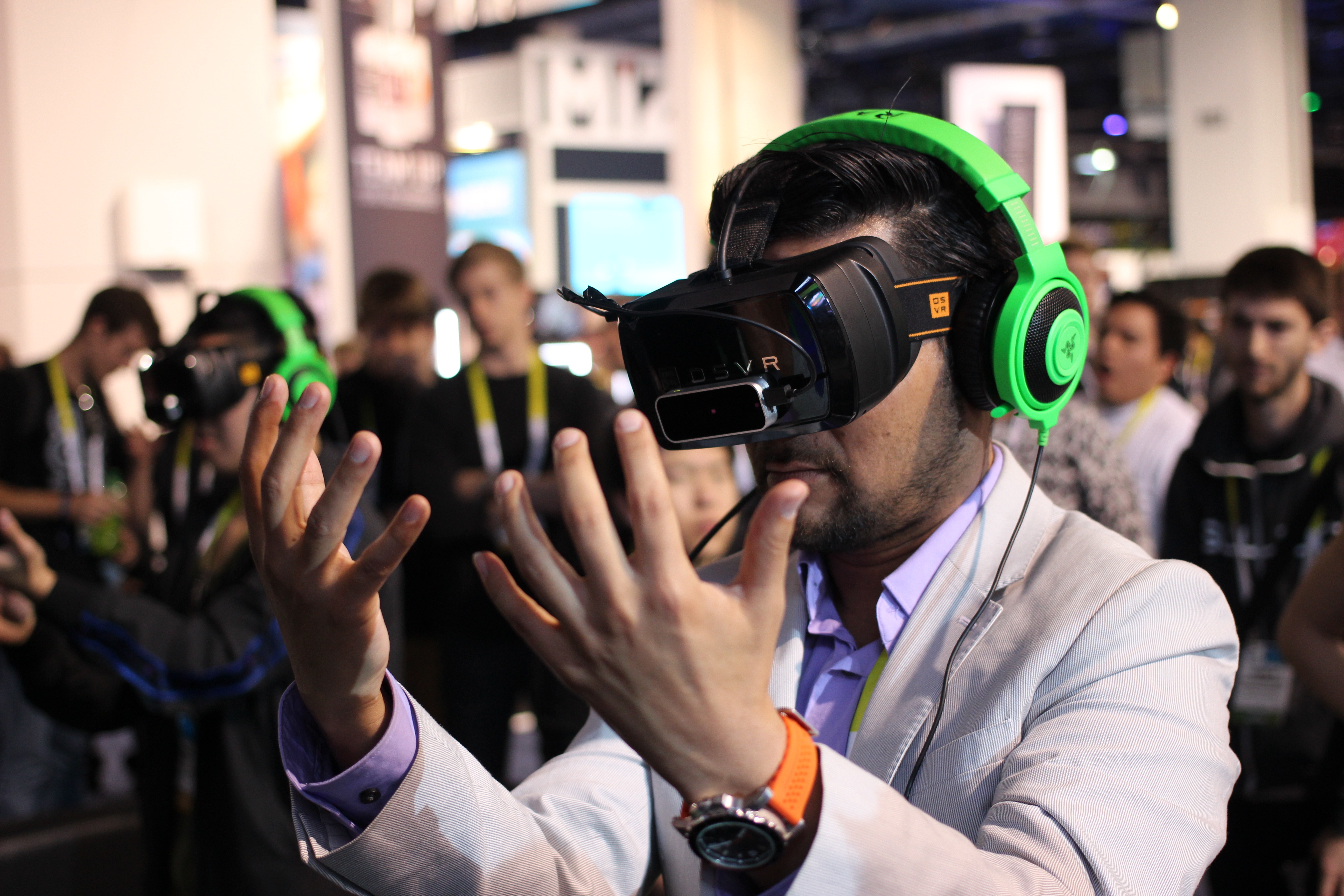
-Aug-21-2023-04-28-12-5412-PM.jpg?width=525&name=Razer_OSVR_Open-Source_Virtual_Reality_for_Gaming_(16863422875)-Aug-21-2023-04-28-12-5412-PM.jpg)
Immersive design (often referred to as Experiential or Situational Design) is the use of experiential technologies like Augmented (AR), Virtual (VR) and Mixed Reality (MR) to create engaging content. We have been experimenting with design for a long time. What started with mere black and white 2D is now shifted to highly engaging 5D. From entertainment to education all the sectors are affected by the innovations in design. Today, we can say that Immersive design is the next wave of design revolution.
The need for immersive design arises from our constant craving for higher engagement. What better than a 360 virtual experience? Actually, there is! Just add other sensory stimulants like smell, sound, and touch (vibrations, wind etc.) and see the magic. Even when full immersion is still in its infancy we can see different companies making creating an impact with the immersive design.
Companies like Marriott, New York Times and Starbucks have made stellar campaigns which prove the potential of immersive design. Marriott’s VRoom brought the exquisite feel of traveling around the world from the comfort of a hotel room. New York Times went a step further and gave each of their loyal subscribers a Google Cardboard to watch a VR film. This worked as an incentive of brand loyalty and a mark of innovation. Starbucks allowed customers to create digital cards using augmented reality for their valentine. There are many other examples of immersive design in action. The race among enterprises and startups is equally competitive hence, we’ll soon see everyone rushing towards it.
Want to know about virtual reality? Get you handbook on the applications and developments in VR now:
Why So Much of Hype Around Immersive Design?
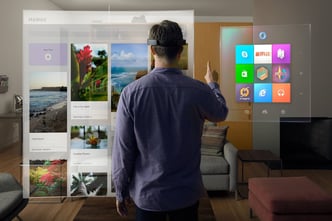
Conventional sources of content limit our interaction within a rectangle. Immersive design offers an opportunity to break out of the box limit set by books, phones, laptops, tablets etc. We can now finally come out of the box into the real world and interact with digital content while being fully immersed in the content. Augmented and mixed reality convert our surroundings into a canvas. On the other hand, virtual reality completely transforms our environment into a digital world.
Thus, the immersive design offers a way to evoke emotional experience like never. It doesn’t establish a new line of limitation but deals with them once and for all. Hence, it is a huge opportunity for businesses and yes, they are capitalizing on it right now. The tech giants as you might have guessed are making new strides every day. From the launch of Google Cardboard to Microsoft Hololens the attempts to make the immersive experience affordable and efficient is evident in the industry.
Are we ready to break out?
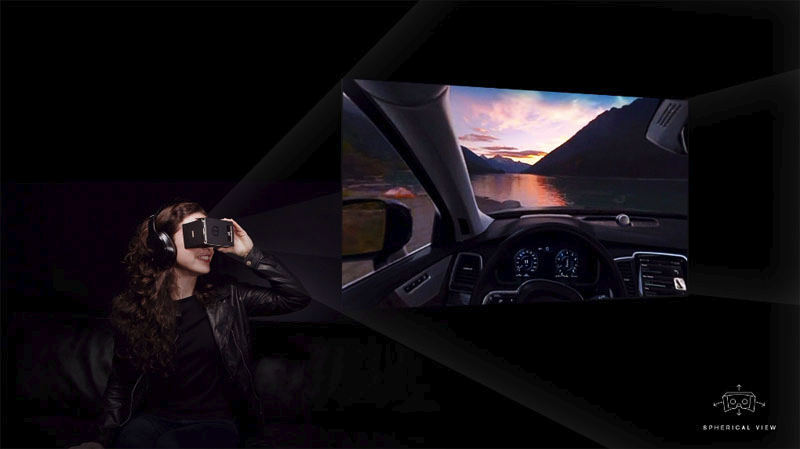
Now that is established that we’ll break out, let’s see if we are there yet. We haven’t really accepted immersive as a part of daily content. There are many reasons behind this ranging from our own mindset to the current stage of tech. Let’s begin analyzing each of them:
1. Field of View:
FOV or field of view refers to the visual range of the device. To create an immersive experience, we need a minimum 180-degree FOV. If we account for the eye rotation then this range shoots to 270-degrees. As of now, the StarVR headset has the highest FOV value of 210 degrees. This pretty suffices for engaging users but then comes the problem with the cost. The investment in creating high-level 3D graphics for such wide FOV is huge, which makes immersion more challenging.
2. Input:
We have our predefined means of primary input for every source of content. For instance, touch for mobile and mouse and keyboard for desktops. But in case of immersive technology, we are yet to establish means for the user interaction. One way is to track eye rotation and gestures. But then the tracking is still in its infancy. Till the point, we don’t come with an immersive input method our users will be shifting between real and virtual environment throughout the immersive experience.
3. User Acceptance:
The average user is yet to get habituated to a headset. We aren’t comfortable emerging completely into a virtual world for a long time. The reason behind this is the uncomfortable nature and excessive cost of hardware. Only a select few can afford high-end hardware thus, the market is still limited. Even those who can afford don’t necessarily feel the usability of such devices.
Overall the immersive design is still in the phase of early adoption. As the tech advances, we’ll observe its penetration into our lives. The potential of creating connection and engaging users is high enough to incentivize initiatives. This gives opportunity to establish ourselves as thought leaders in our field. Hence immersive design deserves a try.
Interested in augmented reality? Catch the latest updates and innovations with our free ebook:
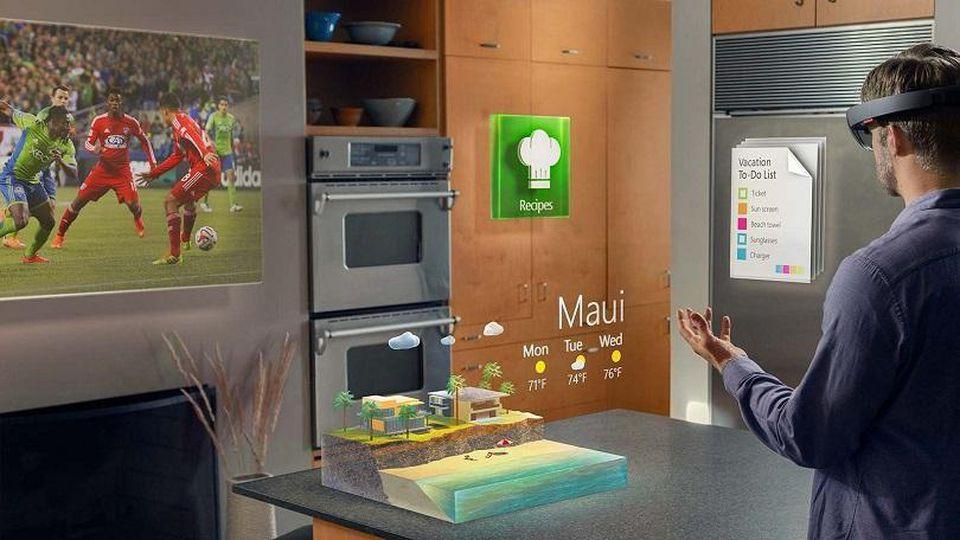
Real life use cases of Mixed Reality
Technology is an application of tools and techniques to solve the problems in the human world. It comprises of a collection of skills, techniques,...

How the gaming industry can leverage from reality technologies
The Gaming industry is part of the economic sector which comprises the process like the development, marketing and monetization of video games. It...



